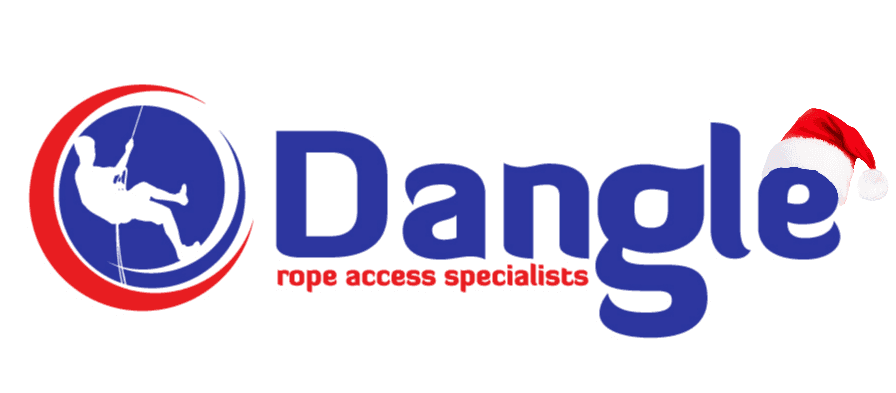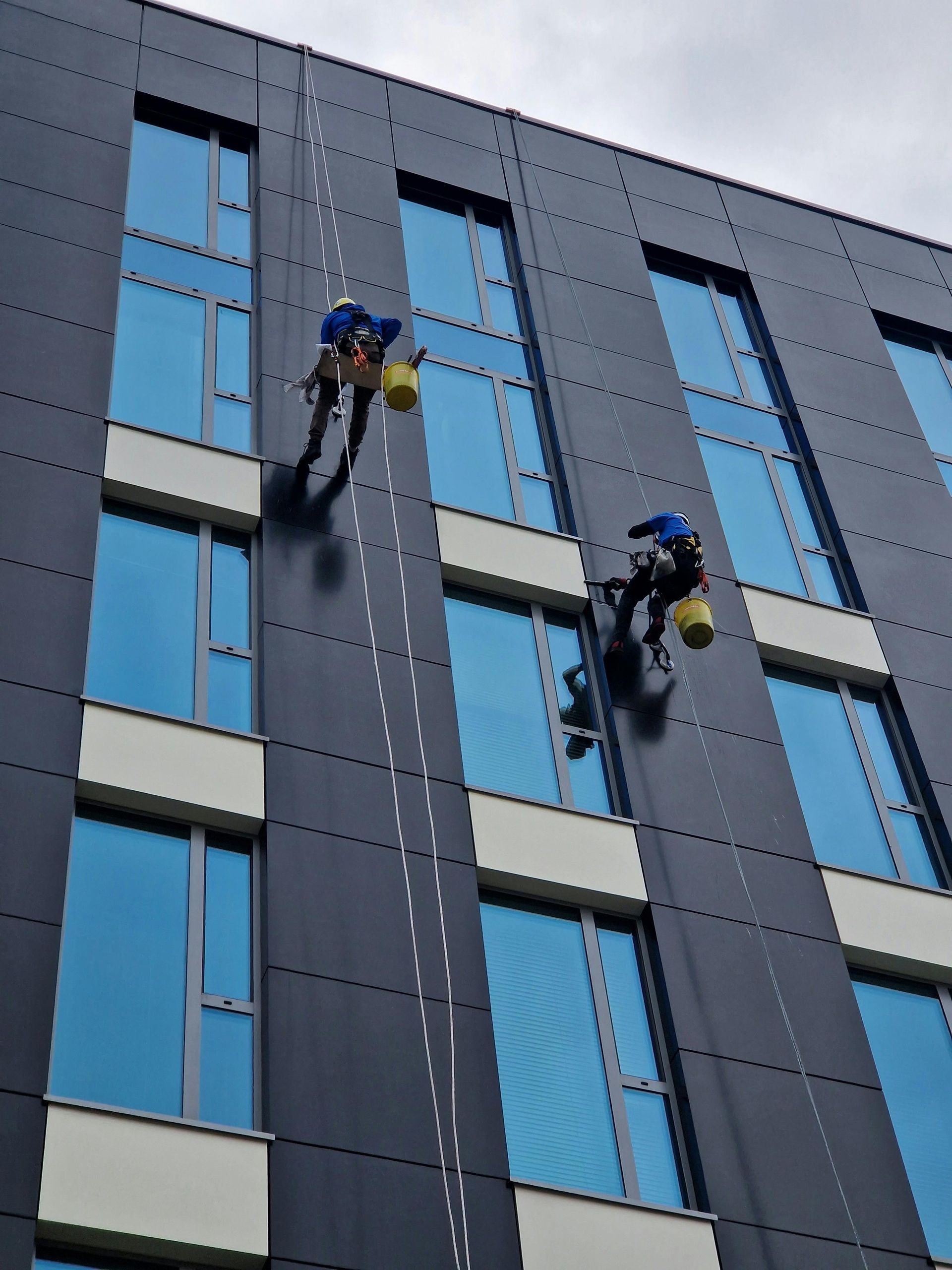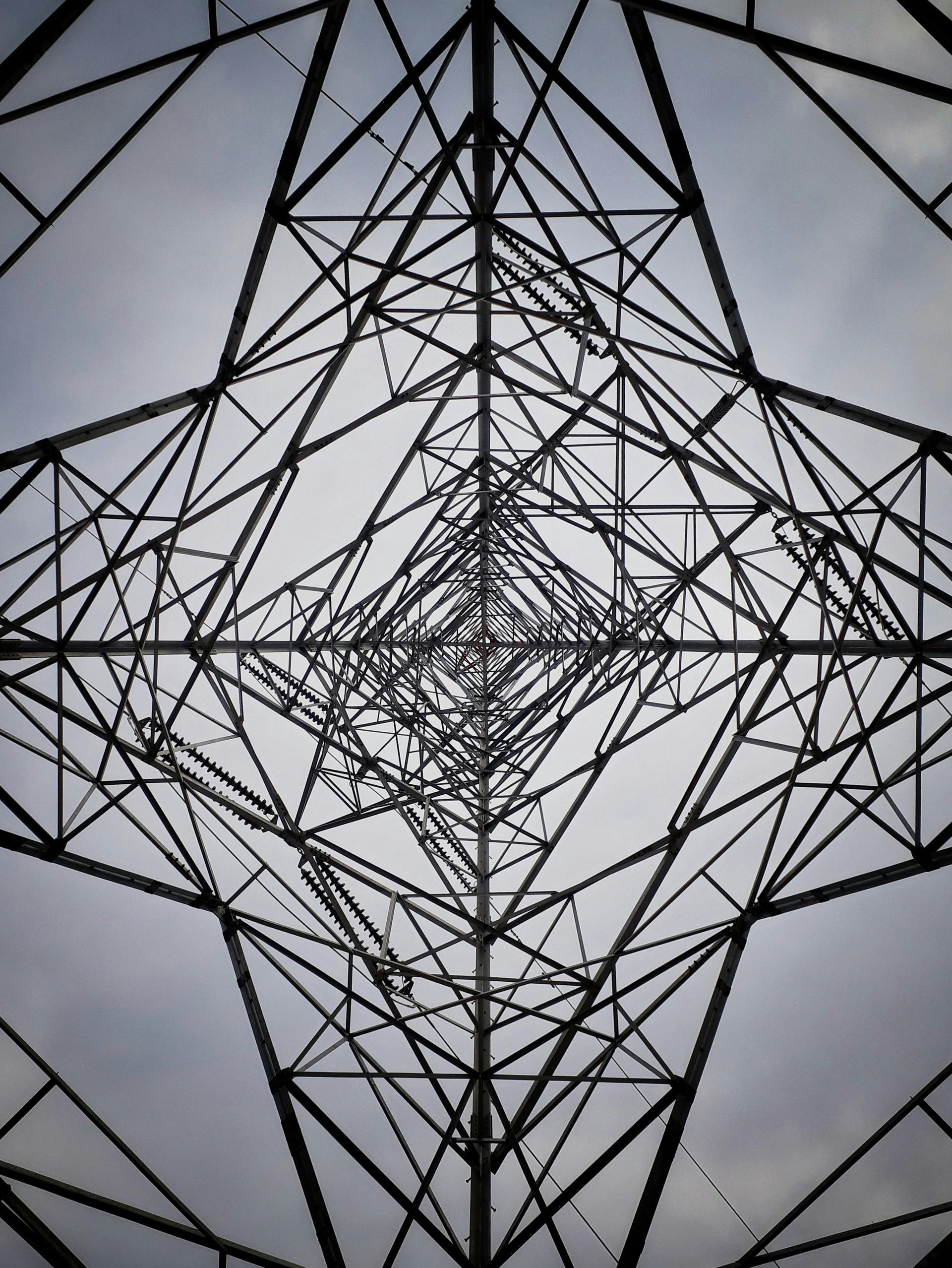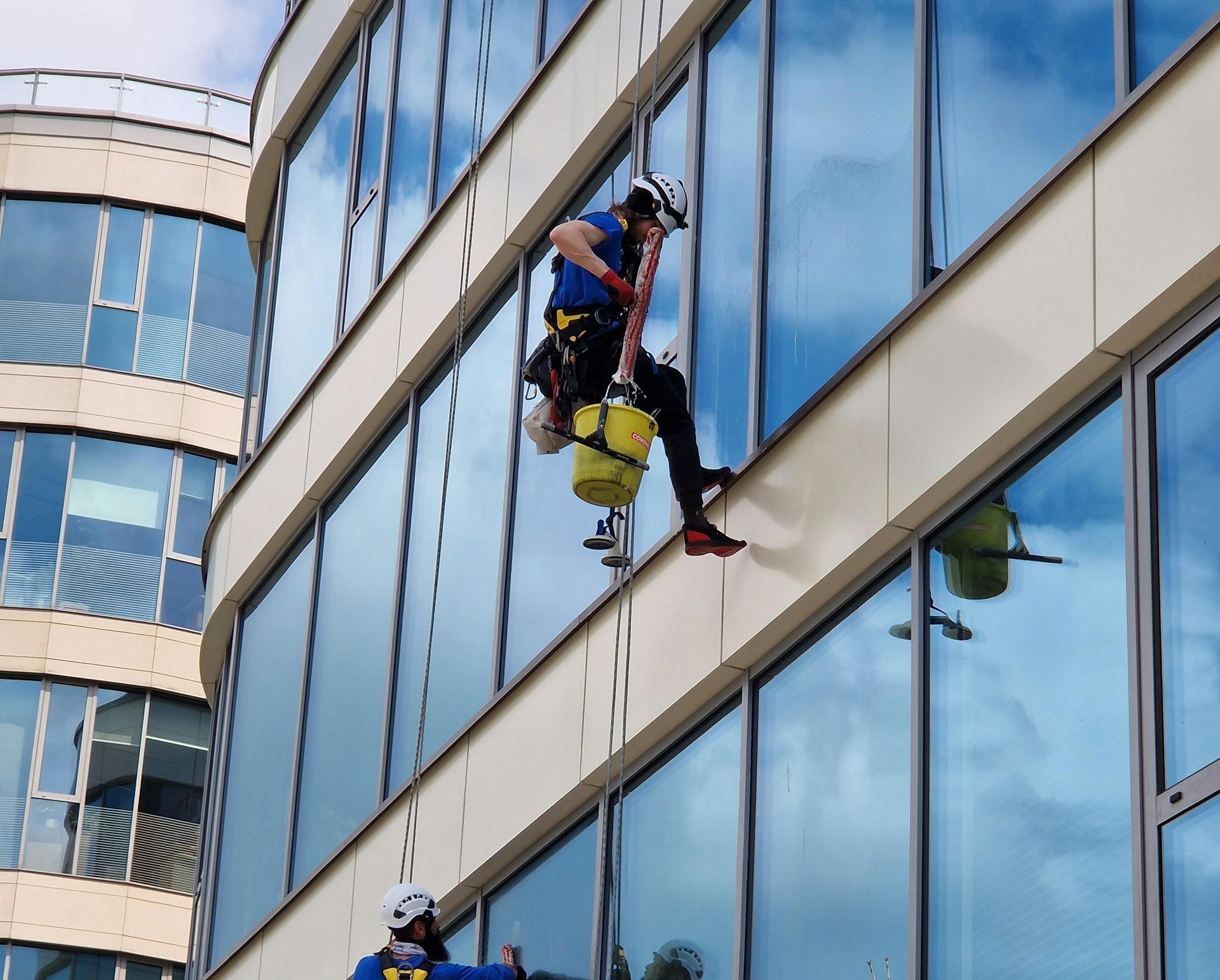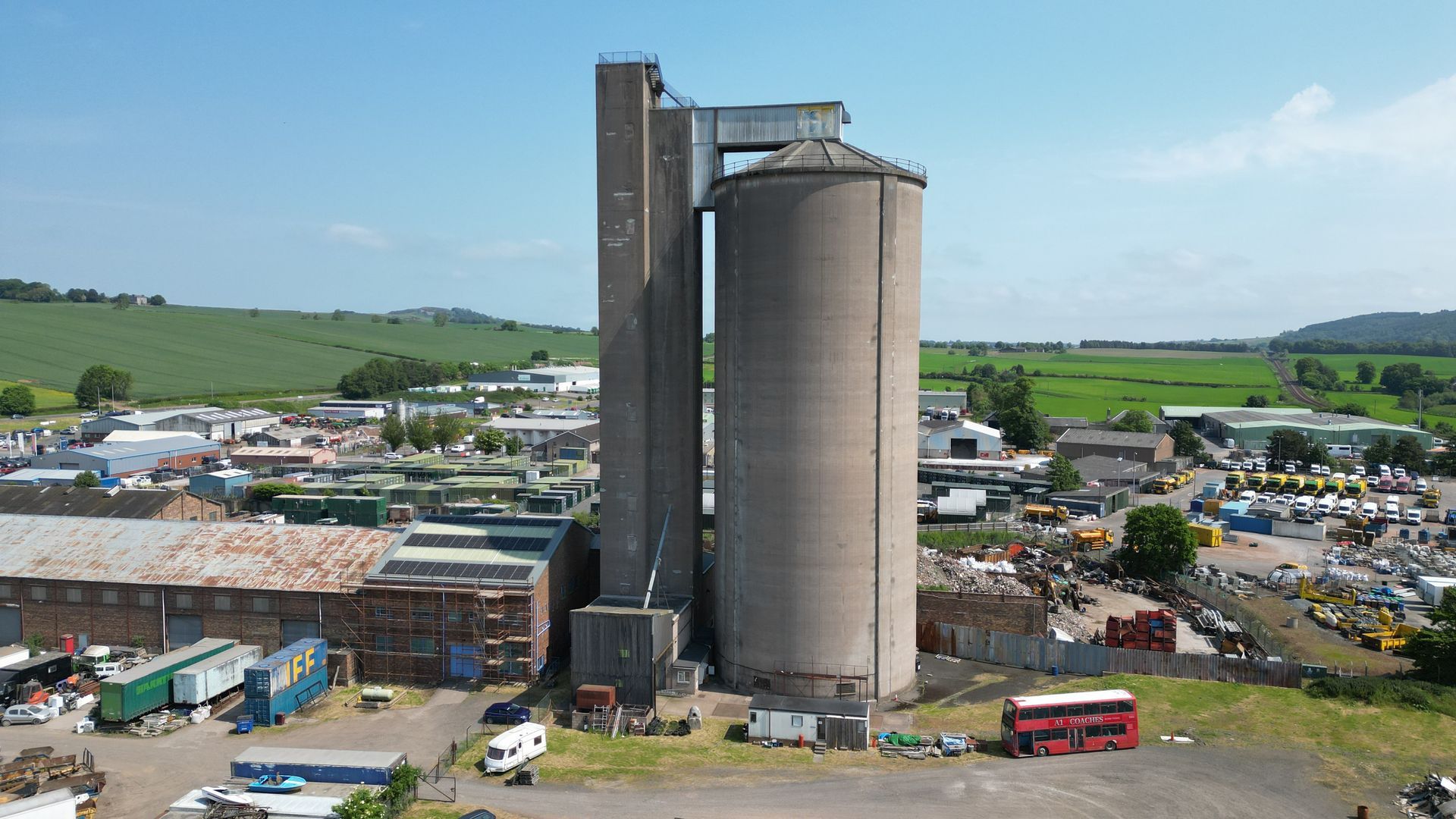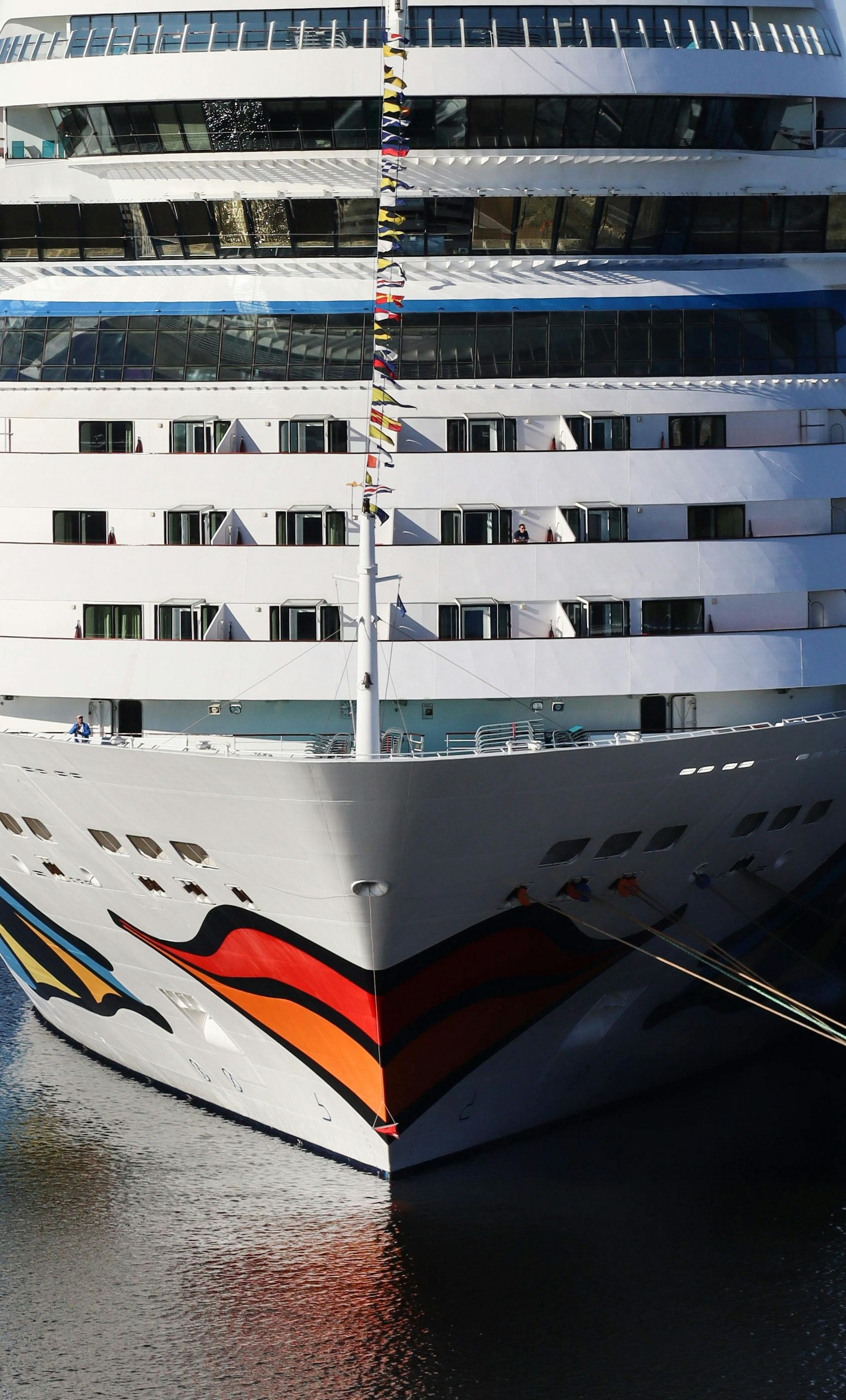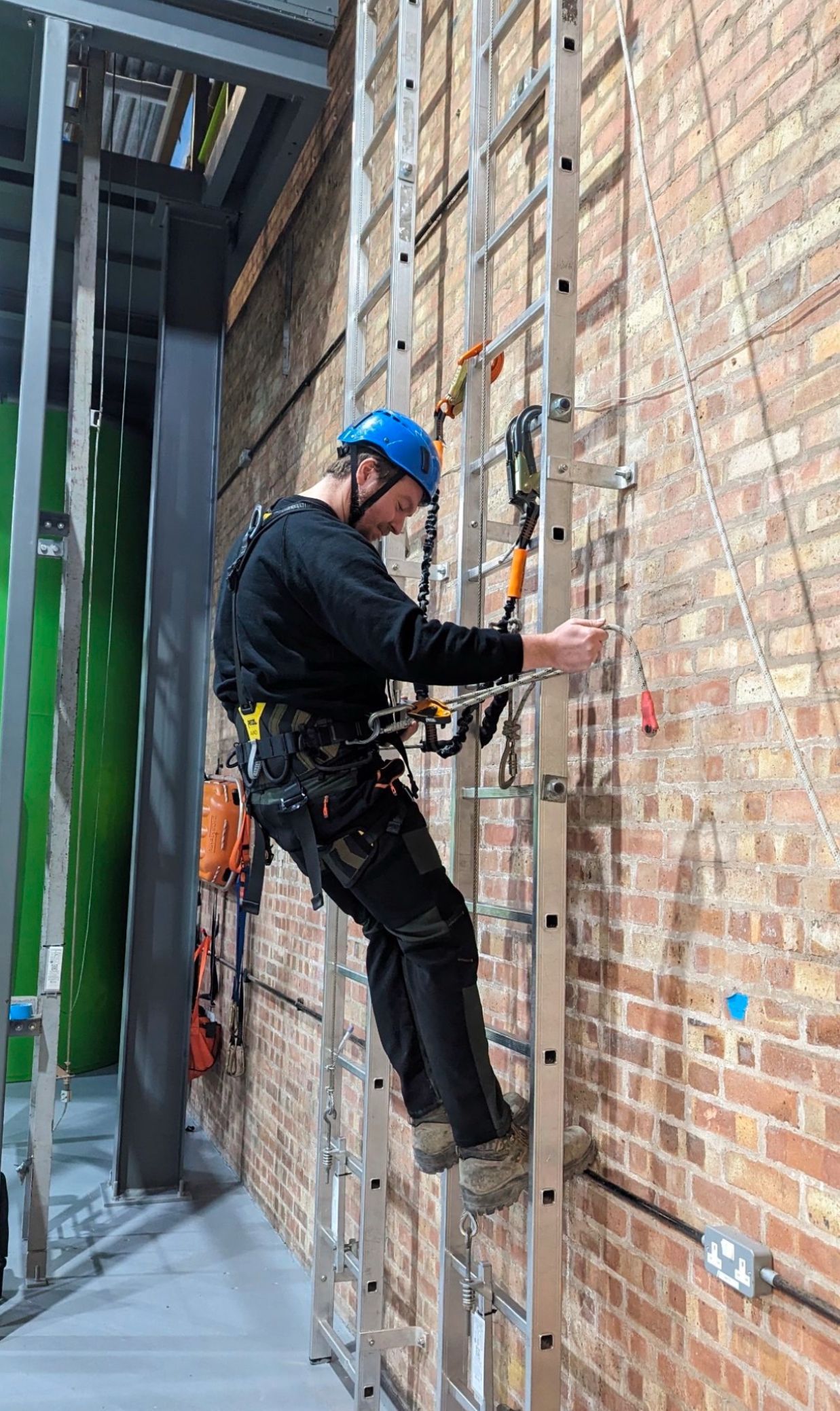Marine Corrosion

Marine Corrosion: Rope Access Solutions for Ports, Ships and Coastal Structures
Marine corrosion is one of the most persistent and expensive challenges facing the maritime, coastal infrastructure, and offshore industries. From degrading structural steel to threatening the integrity of ships, platforms, and port facilities, the impact of corrosion in saltwater environments is both vast and costly.
Traditionally, access for inspection and repair in these environments has relied heavily on scaffolding or heavy machinery, but in recent years, rope access has emerged as a safer, faster, and more cost-effective alternative. In this blog post, we’ll explore the nature of marine corrosion, its impact, and how rope access provides innovative solutions for its detection, prevention, and remediation.
What Is Marine Corrosion?
Marine corrosion refers to the deterioration of materials—primarily metals—due to chemical reactions with the surrounding marine environment, particularly saltwater and humid coastal air. The high chloride content in seawater accelerates the marine corrosion processes, leading to issues such as pitting, galvanic corrosion, and stress corrosion cracking.
Marine corrosion affects everything from:
- Ships and hulls
- Piers and jetties
- Offshore oil and gas platforms
- Offshore wind turbine foundations
- Bridges and coastal defences
- Storage tanks and pipelines in coastal areas
Without proactive inspection and maintenance, marine corrosion can lead to:
- Structural failure
- Environmental hazards
- Increased downtime
- Escalating repair costs
- Health and safety risks
For an in-depth technical overview, the UK’s Health and Safety Executive (HSE) provides guidance on corrosion risks in offshore structures.
Why Marine Corrosion Is So Aggressive
The marine environment is particularly corrosive due to:
- High humidity and salt levels in the air
- Constant wet/dry cycles on tidal structures
- Temperature fluctuations, which cause expansion and cracking
- Biofouling, where organisms like barnacles trap moisture
- Electrochemical activity, especially in dissimilar metal contact points
These conditions will corrode carbon steel much faster than in inland or industrial settings. Protective coatings and cathodic protection systems help, but they must be regularly inspected and maintained—often at height or in confined, hard-to-reach areas. BS EN ISO 12944 establishes a comprehensive framework for assessing and categorising corrosion classifications. This international standard plays a crucial role in the field of materials science, as it provides guidelines that help engineers and professionals understand the different environments in which materials may be exposed to corrosion. By defining various corrosion classification categories, the standard aims to promote consistent practices in protecting structures and components from the detrimental effects of corrosion, particularly marine corrosion, over time.
The Role of Rope Access in Marine Corrosion Control
Rope access provides marine engineers, asset owners and infrastructure managers with a proven method of working safely and efficiently in challenging environments. Whether performing close visual inspections, removing rust and marine fouling, or applying corrosion mitigating coatings, rope access allows trained technicians to reach locations prone to marine corrosion with minimal disruption and cost.
All rope access operations should be carried out in compliance with IRATA standards, the Work at Height Regulations 2005, and relevant HSE guidance.
Key Rope Access Services for Marine Corrosion Management
Inspection and Surveying
Routine inspection is the first line of defence against marine corrosion. Rope access enables technicians to inspect:
- Ship hulls and superstructures
- Jetty support columns
- Dockside cranes and loading arms
- Offshore platform legs and risers
- Wind turbine monopiles and transition pieces (TP's) and foundation Jackets
Common inspection methods include:
- Visual inspection for signs of rust, blistering, and coating damage
- Ultrasonic testing (UT) for wall thickness loss
- Magnetic particle inspection (MPI) for crack detection
- Close visual photography and drone-assisted mapping
These surveys can be used to generate corrosion maps and asset integrity reports, ensuring early detection of critical issues.
Surface Preparation and Cleaning
Marine corrosion repair often starts with removing existing rust, coatings, and marine growth. Rope access teams use methods such as high-pressure water jetting, abrasive blasting and mechanical tools like bristle blaster to remove rust, failed coatings and marine growth from affected areas.
Rope access enables precise targeting of affected areas, minimising disruption and environmental contamination.
Coating and Protection
Once surfaces affected by marine corrosion have been thoroughly cleaned and prepared, applying protective coatings is essential to prevent further degradation. Dangle's Rope access technicians are trained to apply a variety of marine-grade systems designed to withstand the harsh conditions of salt-laden air, high humidity, and constant water exposure due to the dynamic environment. These may include Zinc-rich primers, high-build epoxy coatings and specialised anti-fouling paints that deter marine growth.
The application process often requires strict environmental controls and adherence to technical specifications to ensure the coatings perform as intended. Rope access allows for precise, targeted work even in challenging or awkward locations, ensuring that protective layers are applied effectively without the need for bulky access structures or costly downtime. This approach not only extends the life of marine and coastal assets but also helps maintain compliance with industry standards and environmental regulations.
Cathodic Protection Installation and Maintenance
In marine settings, cathodic protection (CP) is a common strategy to mitigate corrosion by making the metal structure the cathode of an electrochemical cell reducing anode effects .
Rope access is used to:
- Install sacrificial anodes on submerged or intertidal areas
- Inspect CP systems for degradation
- Replace faulty or spent anodes in situ
Confined Space Entry for Tanks and Ballast Systems
Marine corrosion is common in internal tanks, ballast tank systems, and pipework. Dangle's rope access specialists are also trained in confined space work and can safely access these environments with breathing apparatus and gas monitoring equipment if required.
Applications of Rope Access in Marine Corrosion
- Shipping and Marine Vessels
Vessels operating in saltwater are exposed to relentless corrosion forces—both above and below the waterline. Rope access is widely used for:
- Inspecting and maintaining cargo holds, ballast tanks, rudders, and propeller shafts
- Performing ultrasonic thickness testing on hull plating
- Cleaning and re-coating deck equipment, cranes, and safety rails
This method is particularly effective during dry dock periods when time is limited as the vessel is out of work or about to start contract, or during in-service inspections at berth, usually to satisfy its insurers.
- Ports and Harbours
Ports and harbours are built to withstand the elements, but constant exposure to tides, splash zones, and salt spray takes a toll. Rope access supports:
- Visual and NDT inspections of piles, mooring dolphins, and fender systems
- Corrosion remediation of steel jetties and gantries
- Structural repairs to walkways, ladders, and handrails
Rope access enables this work without closing quaysides or obstructing port operations, offering both safety and logistical advantages.
- Offshore Oil and Gas Platforms
Few environments are harsher than offshore oil rigs and production platforms. Salt-laden air, wave action, and high winds cause extensive corrosion, especially in splash zones and at height. Rope access technicians:
- Carry out frequent close visual inspections and structural assessments
- Clean and re-paint legs, braces, derricks and deck structures
- Replace sacrificial anodes in subsea and intertidal zones
Regular rope access maintenance reduces downtime and improves asset longevity in these mission-critical environments.
- Offshore Wind Farms
With the rapid expansion of renewable energy, offshore wind farms are increasingly exposed to marine corrosion risks with many different corrosion classifications. Rope access plays a vital role in:
- Inspecting tower exteriors, platforms, and nacelles
- Maintaining corrosion protection on transition pieces and cable entries
- Applying high-performance coatings to turbine components
These operations are often coordinated with vessel or helicopter transfer systems, making rope access the most practical and efficient solution offshore.
- Bridges and Coastal Infrastructure
Coastal bridges, flood barriers, and sea defences are long-term infrastructure assets exposed to marine corrosion year-round. Rope access allows for:
- Accessing undersides of bridge decks, trusses, and piers
- Removing corrosion and reapplying protective systems
- Monitoring expansion joints, bearings, and load-bearing members
This method enables engineers to inspect and remediate corrosion while keeping infrastructure open and operational—a major benefit for public safety and continuity.
Learn More About Dangle Rope Access Today
Here at Dangle, we provide a variety of comprehensive inspection, access, coatings, and composite (IACC) industrial services. Our services are available to both the private and public sectors.
We offer high-quality proven solutions that will help reduce maintenance costs in both the long and short-term. We are based in Dundee, Scotland and also have offices based in Edinburgh, along with our newly established training centre in Northern Ireland,Dangle Academy. Due to our company size and structure, we are able to offer a flexible and versatile approach to the way we run our business and the services that we offer our clients. And, as a leading rope access company, we’ve worked on several renewable energy projects in the UK, Europe, and the US.
To find out more about how our team can help you
contact us today. Our friendly, professional and helpful team is always on hand to help!
